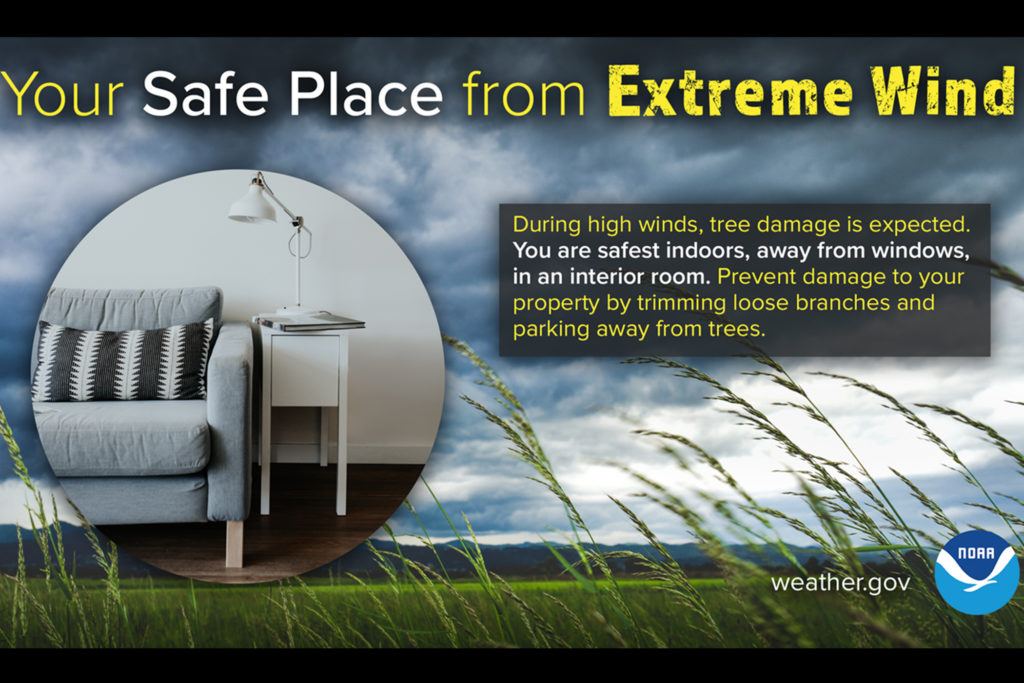Do you know that an estimated 16 million thunderstorms happen on our planet every year? And at any given time there are around 2,000 storms happening?
Storm Safety: Know Your Storms
Thunderstorms form when moist air is present, the air is unstable and a force causes an upward motion- such as a place when hot and cold air meet, a mountain, or a cool body of water. Some storms can cause sever and widespread damage, while other storms do not. Let’s take a minute to get to know more about each of the main types of thunderstorms.
Ordinary Cell: In this type of thunderstorm, rising warm air brings moisture upward. As the air rises, it cools and raindrops begin to form. As the raindrops get heavier, their weight causes them to fall back to the ground. Ordinary Cell storms are not severe, but can be strong enough to develop hail and wind gusts. On occasion, a weak tornado may form from this type of storm.
Multi-cell Cluster: This type of storm is made of multiple Ordinary Cell storms. It forms as rain falls from the first cell and moisture falling to the ground is swept upward into a second cell, growing heavy and falling once again as rain. Until wind and moisture conditions change, this cycle repeats over and over again. Multi-cell Cluster storms often lead to large amounts of rainfall and flash flooding in a short period of time.
Multi-cell Line: Sometimes referred to as a Squall Line, Multi-cell Line storms form in a line that extends hundreds of miles. This type of storm forms and re-forms, lasting many hours, and as a result damaging winds and hail cause widespread damage. Because of their severity, they can cause repeated damage known as “straight-line” winds. Storms that continue over a long period of time called “Derechos” can cause widespread wind and hail damage over hundreds of miles. One example of a destruction from a Derecho is work we did in Cedar Rapids, Iowa in August 2020.
Supercell Thunderstorms: Supercell storms are strong storms with a characteristic rotating center, and often result in tornado forming, extreme winds, and flash flooding. Supercells are further divided into three groups, with the majority of supercells falling into the “classic” category. Classic storms produce heavy rain, hail, and can lead to long-lived and strong tornados. Our Tenessee Assessment in 2020 is one example of the damage caused by a supercell thunderstorm.
Storm safety is important- visit the National Weather Service website to learn more today. #WeatherReady
